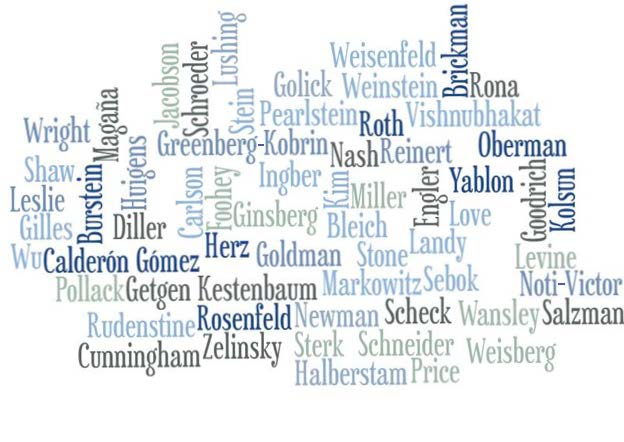Publication Date
2016
Journal
Virginia Law Review
Abstract
The U.S. Constitution gives Congress the power to grant rights to “Authors” for their “Writings.” Despite the centrality of these terms to copyright jurisprudence, neither the courts nor scholars have provided coherent theories about what makes a person an author or what makes a thing a writing. This article articulates and defends a theory of copyrightable authorship. It argues that authorship involves the intentional creation of mental effects in an audience. A writing, then, is any fixed medium capable of producing mental effects. According to this theory, copyright may attach to the original, fixed, and minimally creative form or manner in which an author creates mental effects.After setting out the theory, this article applies it to a series of current copyright disputes. My authorship theory both expands and contracts the scope of potentially copyrightable works. Some media that have previously been excluded from copyright law, such as gardens, cuisine, and tactile works, now fall within the constitutional grant of rights. By contrast, aspects of copyrightable works, including photographs, taxonomies, and computer programs, may not constitute copyrightable authorship. This theory resolves a number of current and recent copyright cases, and it offers a new approach to the emerging challenges associated with artificial intelligence, the Internet of things, and, ultimately, the impending revision of the Copyright Act.
Volume
102
First Page
1229
Publisher
The Virginia Law Review Association
Keywords
copyright, copyright law, intellectual property, author, jurisprudence
Disciplines
Law
Recommended Citation
Christopher Buccafusco,
A Theory of Copyright Authorship,
102
Va. L. Rev.
1229
(2016).
https://larc.cardozo.yu.edu/faculty-articles/478


